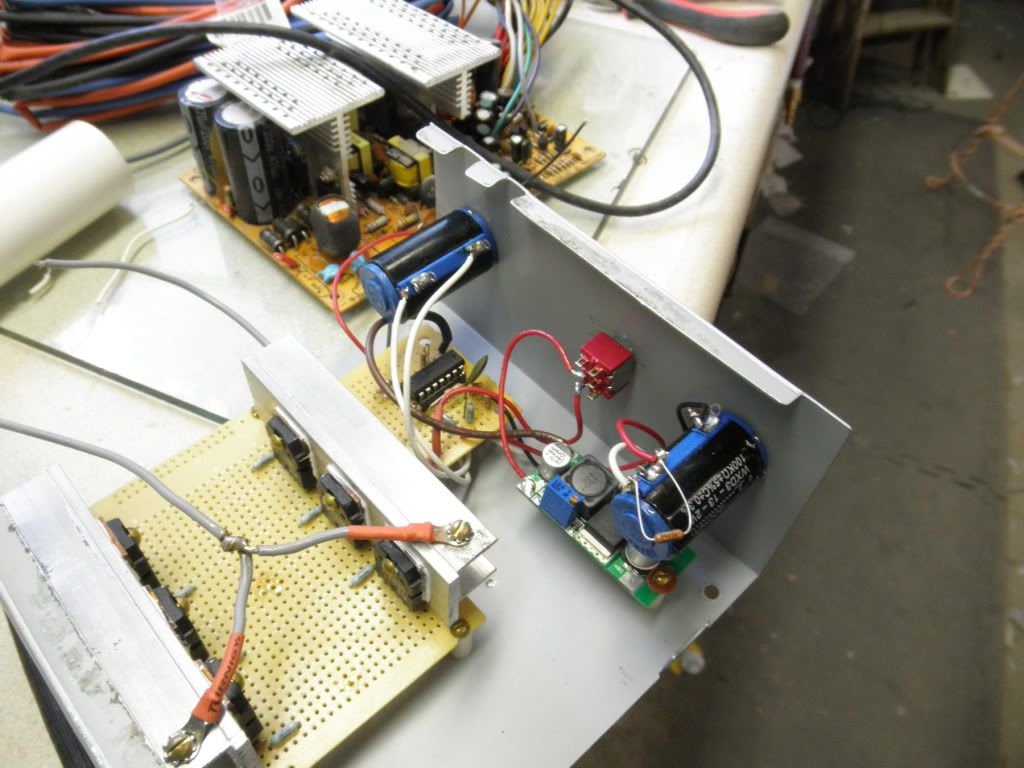John G
I have used the liquid plastic/rubber for many things and just feel that it would be hard to keep it from sagging until dry. I have thought of doing it with the tow straight up which would coat well but height would prohibit enough time for drying befor it touches anything or a thin spot might develope. The heat shrink is cheap and has a total coverage. Getting it thru is a pain but once in the wire is rock solid and can be wound as per copper several times. The tape style has a good covering and is ready to wrap. 300 feet of one inch is 117.00 and can be raped side by side to give three coils on a three inch core. Bob has good results with even 12 feet of two inch which is 20.00 out the door, ready to rap. I do not know now what effect the thicker coating would do. I do know that the more space (she) has, the happier she is and I think like a large battery, it holds more and gives more. Testing will be necessary to really know just how much. We do know that an additional coil in series with the CF produces twice as much and like I said, more space for her to live.
To all having trouble with circuits.....
You guys seem to have trouble with the voltage regulator and frequency/duty cycle. The correct answer is in looking at John Stones circuit and using that part of his system to slip into the rest of your circuit. That part of the system is simple and has correct diagram and values that once installed will not be hot or make smoke and is duty cycle from 1 to 99%
Dana
I have used the liquid plastic/rubber for many things and just feel that it would be hard to keep it from sagging until dry. I have thought of doing it with the tow straight up which would coat well but height would prohibit enough time for drying befor it touches anything or a thin spot might develope. The heat shrink is cheap and has a total coverage. Getting it thru is a pain but once in the wire is rock solid and can be wound as per copper several times. The tape style has a good covering and is ready to wrap. 300 feet of one inch is 117.00 and can be raped side by side to give three coils on a three inch core. Bob has good results with even 12 feet of two inch which is 20.00 out the door, ready to rap. I do not know now what effect the thicker coating would do. I do know that the more space (she) has, the happier she is and I think like a large battery, it holds more and gives more. Testing will be necessary to really know just how much. We do know that an additional coil in series with the CF produces twice as much and like I said, more space for her to live.
To all having trouble with circuits.....
You guys seem to have trouble with the voltage regulator and frequency/duty cycle. The correct answer is in looking at John Stones circuit and using that part of his system to slip into the rest of your circuit. That part of the system is simple and has correct diagram and values that once installed will not be hot or make smoke and is duty cycle from 1 to 99%
Dana













 Grrr
Grrr probably it would handle it The schematic is here
probably it would handle it The schematic is here
Comment